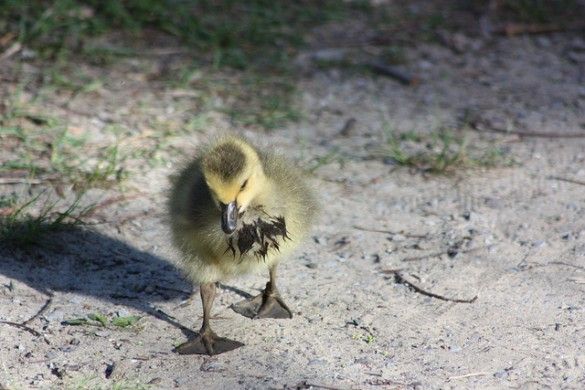New Management Plan Considers The Future Of Jamaica Bay

The Obama administration is looking to transform Jamaica Bay and other parks located in urban areas, into hotspots for hiking, biking, boating and camping, putting them on par with the nation’s most popular national parks like Yellowstone and Yosemite. The Queens Chronicle is reporting that the US Department of Interior and the National Parks Service (NPS) announced a general management plan for Jamaica Bay and the Gateway National Recreational Area that would turn the area, especially the Brooklyn parts, into major hubs for outdoors activity.
The Queens Chronicle described some of the plans proposed by the NPS:
Among the ideas being proposed in the NPS’s preferred plan are increased opportunities for camping in and around the Jamaica Bay Wildlife Refuge and means of connection, such as bike lanes and trails, between sites around Gateway like Charles Park and Hamilton Park, which would also be eyed for “small-scaled” visitor centers that may include food and bicycle vendors — a plan proposed by the Parks Department to Community Board 10 in April that was shot down because board members wanted to see the park, notorious for being dilapidated and dirty, given an overhaul first.
Many of the drastic changes were proposed for parts of Brooklyn, such as Floyd Bennett Field, Plumb Beach and Canarsie Pier, and the Rockaways, where Fort Tilden would become a major hub for park activities…
The plan also includes suggestions for improving infrastructure, and dealing with the post-Sandy reality of flood risk. In the proposal the NPS outlines plans to construct new buildings to meet the flood elevation criteria set by the Federal Emergency Management Agency and build roads that have sufficient drainage and can be passable in a flood.
NPS’s management plan also calls for increased public transportation — including ferries and better train service — to the area to bring visitors in from Manhattan and Downtown Brooklyn.
While environmentalists were pleased on the NPS’s plans to get people excited about the parks, Don Riepe, president of the American Littoral Society, cautioned that conservation should remain the top priority when it comes to the parks.
“My only concern is that I feel that there should be a major focus on protecting natural resources,” Riepe told the Queens Chronicle. “The recreation is fine. I think they should get their house in order. I’m asking ‘Who is going to manage it? Are the resources going to suffer?’”
Park of the Obama administration’s goal in pouring money into urban park environments is to get city kids to connect with nature.
The plan also stems from the Obama administration’s desire to pour more resources into federal parkland in or close to major cities — part of the White House’s larger plan to bring inner-city children to the outdoors.
In October 2011, then-U.S. Secretary of the Interior Ken Salazar and Mayor Bloomberg signed the agreement in Marine Park, Brooklyn that allowed the two entities to coordinate management of Gateway, which was created in 1972 as an attempt to protect and restore New York’s coastal wetlands that had been severely damaged by industrial pollution during the previous century.
“We are asking ‘How do we connect urban populations to the outdoors?’” Salazar said in 2011. “New York may be the greatest opportunity we have.”
The Queens Chronicle laid out information for the public comment period and other open house meetings for the federal plans:
Public comment is being accepted on the proposal online at parkplanning.nps.gov, where the entire plan can be downloaded and read. Open houses discussing the plan are scheduled for Tuesday, Aug. 20 from 4 to 8 p.m. at the Ryan Visitor Center in Floyd Bennett Field in Brooklyn and Tuesday, Sept. 10 from 4 to 8 p.m. at the Jamaica Bay Wildlife Refuge.




